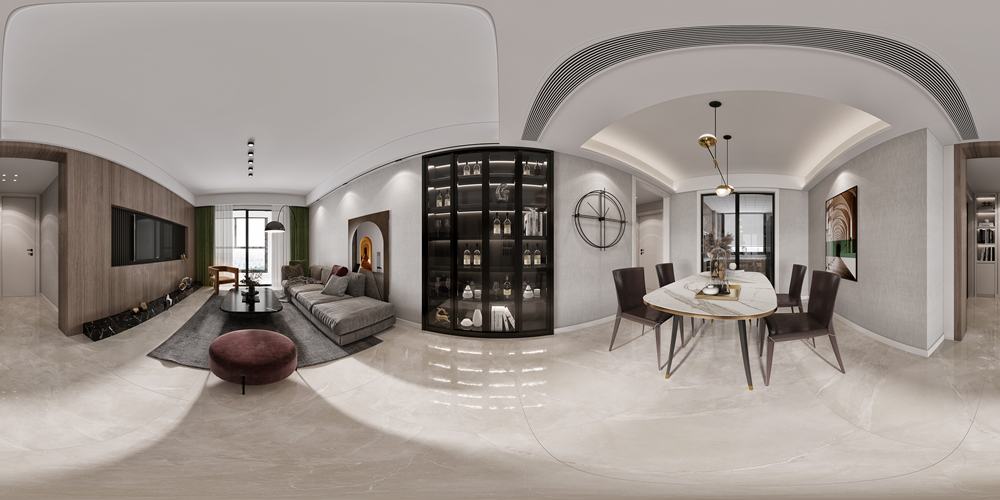
Crafting Breathtaking Panorama Videos: A Step - by - Step Handbook
Panorama videos have the power to transport viewers to a different place, offering an immersive and expansive view that traditional videos often can't match. Whether you're capturing the grandeur of a mountain range or the hustle and bustle of a city street, learning how to take panorama videos can open up new creative possibilities. Here’s a detailed guide to help you create stunning panorama videos.

Ⅰ、Gear Up for Success
The quality of your equipment plays a significant role in the outcome of your panorama video. While many modern devices come with decent cameras, if you're aiming for professional - level results, consider using a camera with manual controls. This allows you to adjust settings like focus, exposure, and shutter speed according to the scene. A tripod is an essential accessory; it provides stability, preventing shaky footage that can ruin the immersive experience. For smoother panning movements, a gimbal can be a game - changer, enabling you to glide the camera seamlessly across the landscape. Also, make sure your storage device has enough space and your battery is fully charged before you start shooting.
Ⅱ、Scout and Plan Your Scene
Before you start recording, take the time to explore the location. Look for the most visually appealing angles and identify the key elements you want to include in your panorama video. Consider the direction of the light, as it can greatly impact the mood and clarity of your footage. Plan the starting and ending points of your pan, as well as the speed at which you'll move the camera. A slow, steady pan usually works best for capturing details and creating a sense of immersion. If there are moving objects in the scene, factor them into your plan to ensure they are captured in an interesting way.
Ⅲ、Master Your Camera Settings
Proper camera settings are crucial for a high - quality panorama video. Set your focus manually to a point in the middle distance to ensure the entire scene remains sharp. For exposure, you may need to adjust it based on the lighting conditions. In bright sunlight, you might need to decrease the exposure slightly to avoid overexposed areas, while in low - light situations, you may need to increase it. White balance is also important; choose the setting that best matches the light source, whether it’s daylight, fluorescent, or another type. Some cameras offer a panorama video mode that can simplify the process, but understanding and adjusting the basic settings gives you more control over the final result.
Ⅳ、Execute the Perfect Pan
When you're ready to start recording, begin at your planned starting point and start panning the camera slowly and smoothly. Keep your movements consistent; avoid sudden jerks or stops. If you're using a gimbal, let it guide the movement for a more fluid look. As you pan, pay attention to the composition of the frame, making sure the key elements stay in the center or are arranged in a visually pleasing way. If the scene is very wide, you may need to make multiple passes and stitch the videos together later using video editing software.
Ⅴ、Edit and Polish Your Video
Once you've captured your panorama video, the editing process can bring it to life. Trim any unnecessary parts at the beginning and end of the footage. Adjust the color, contrast, and saturation to enhance the visual appeal. You can also add music or sound effects to create a more engaging atmosphere. Some video editing software offers features specifically designed for panorama videos, such as seamless stitching and distortion correction. Take the time to experiment with different editing techniques to make your panorama video truly stand out.